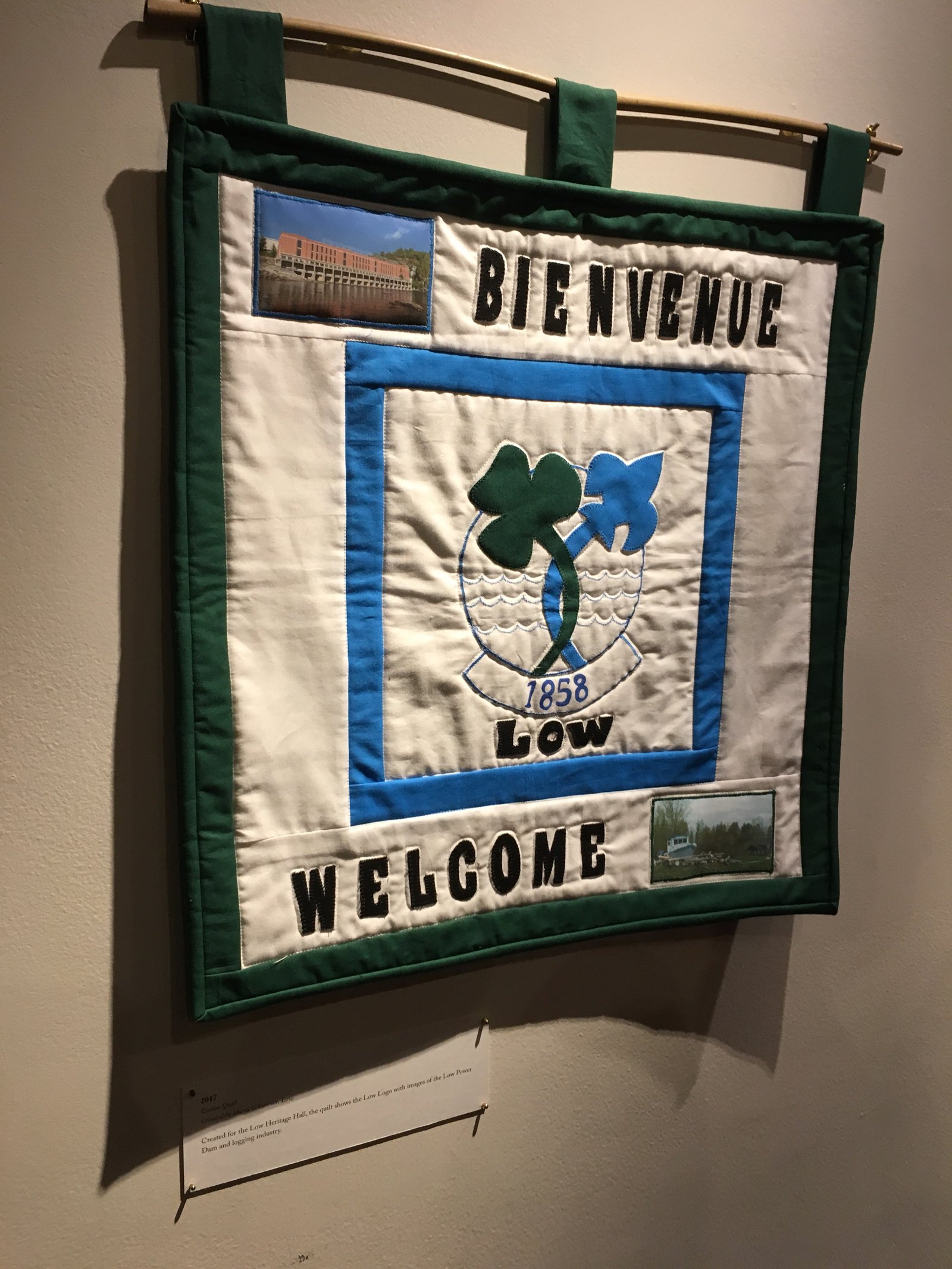
Another NAC English Theatre Season has ended, closing off the two seasons that took place during the Canada 150 celebrations. Both the 2016/2017 and 2017/2018 seasons mainly featured Canadian playwrights, actors, and stories, so it was fitting that this final show of the season felt so Canadian. And what I mean by that is, Up To Low ended up coming across as a stereotypical CanLit story – the kind of story you would expect to be studying in an introductory CanLit class.
The story, by author Brian Doyle and adapted for the stage by Janet Irwin, takes place in the Gatineau area of Low in the 1950s. Not only is the story uniquely Canadian due to its setting and historical context, but it also has all the hallmarks of a CanLit story. It is a tale of coming of age for Young Tommy (Brendan McMurty-Howlett) that takes place in both urban and rural settings but, as in most quintessential CanLit stories, there is great emphasis placed on the land. It is the land that shapes the development of the various characters of this play, particularly in the sense that the community of Low is still feeling the effects of the construction of the Paugan Dam that occurred in the 1920s. Another Hallmark of these kinds of CanLit stories is that the characters are not only shaped by the land they live on, but by their ancestry. In this case, the cast of colourful characters are predominantly Irish immigrants and their Canadian-born descendants living in Quebec. A lot of what Young Tommy learns is passed down from generation to generation – from Crazy Mickey, to Old Tommy, to Tommy (Chris Ralph), and then to Young Tommy – and then shaped by the landscape around him.
The overall ambiance of the play also had a quaint Canadian feel, as the set was made to represent a variety of Canadian settings. The beautiful barn-wood style planks were set up in such a way that they could represent either the inside or the outside of a building, yet their jagged silhouette, when lit accordingly, was reminiscent of a forest covered mountain. This was, by far one of my favourite sets of the theatre season. The walls were also lined with chairs that could be taken down and used either as chairs, or used to represent other objects like farm equipment.
Given that there was only one unchanging set and the predominant props were chairs, the actors in this play frequently used mime to suggest the presence of certain objects and animals, and the actors themselves even provided the majority of the soundtrack. There was a small, live band on stage, but it was the actors who were responsible for the sound effects. These ranged from traditional Irish songs, to cacophonous background chatter, to bird calls and animal noises. Compared to some of the other shows at the NAC this year, this one definitely had a more “low budget” feel, but that quaintness suited the story perfectly.
When the play began, it was rather lighthearted and mostly comedic. The majority of this early portion of the play was punctuated with calls of “Nice car Frank!” as the car in question, which was once nice, is slowly destroyed throughout the duration of the journey to Low. Then the tone of the play began to shift and although it still had its humorous moments it was rather sombre at times; there was even a moment where the story became downright weird. This was salvaged by a deeply moving scene that followed shortly afterwards. Overall, I’d say the story was rather simple, and it was definitely not the strongest or most thought provoking play of the season, but it was certainly a nice way to end a season that focused so heavily on Canadian stories.
I can’t wait to see next season’s plays!



